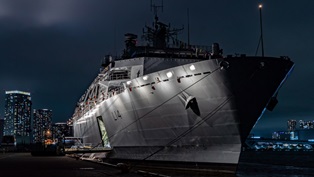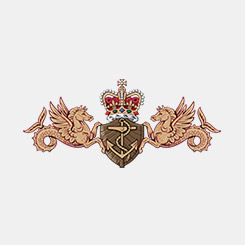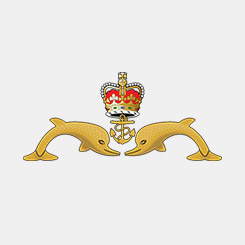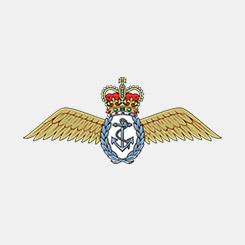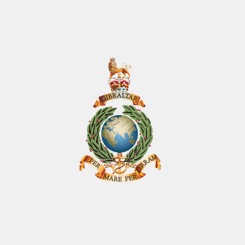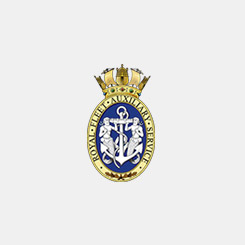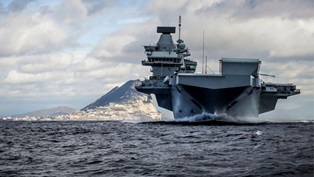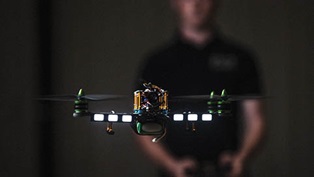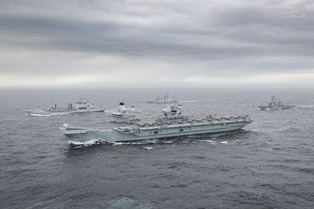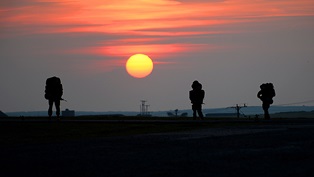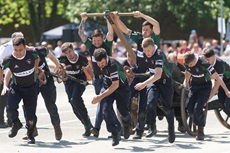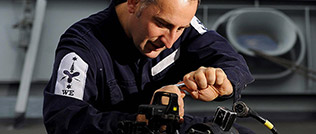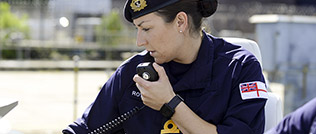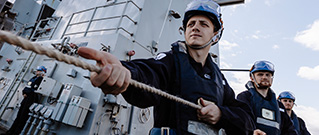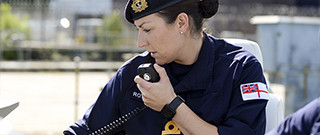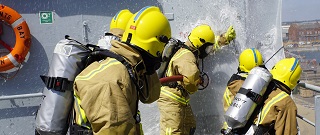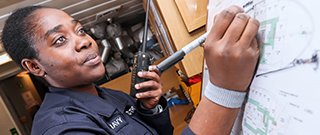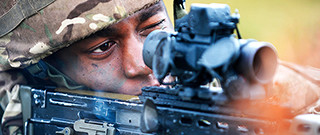- What We Do
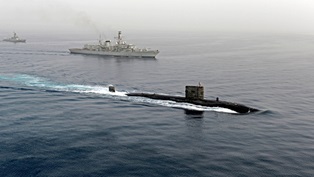
What We Do
Protecting our nation’s interests: guardian, diplomat and humanitarian force for good. Learn more about the Royal Navy’s priorities and what we do day-to-day.
-
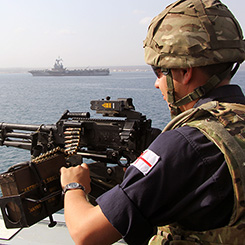
Preventing Conflict
The stability of our nation depends on the freedom of the seas. Our presence is key to achieving this.
-
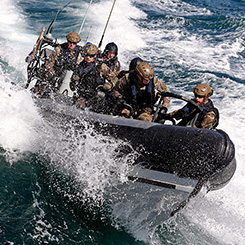
Providing Security At Sea
Ensuring the security of home and international waters is central to the stability and prosperity of Britain and the world economy.
-
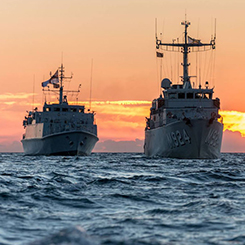
International Partnerships
We work with our allies and partners to help cement the relationships that our nation depends on.
-
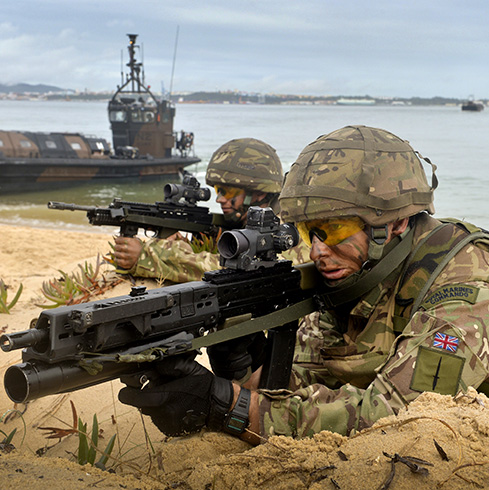
Ready To Fight
Maintaining a state of readiness to protect the interests of Britain and our allies.
-
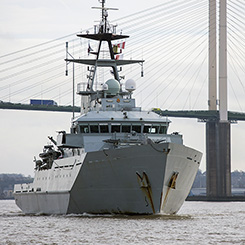
Protecting Our Economy
Safeguarding the essential trade routes that Britain depends on for 95% of its economic activity.
-
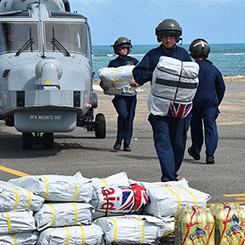
Providing Humanitarian Assistance
Our ability to overcome adverse conditions means we’re often the first to respond when disaster strikes.
-
- Our Organisation
- Equipment
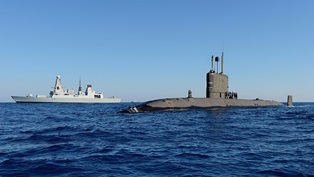
Equipment
From the Vanguard-class ballistic submarine to the formidable HMS Queen Elizabeth aircraft carrier, our equipment is among the best in the world. Learn more here.
-
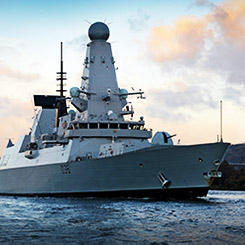
Ships
At the heart of our naval prowess is an impressive fleet that includes destroyers, frigates and aircraft carriers.
-

Aircraft
Powerful air support is provided by some of the world’s most advanced aircraft in the most testing of environments.
-
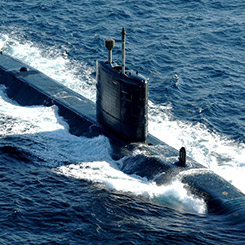
Submarines
Silently patrolling the world’s seas is our formidable fleet of submarines.
-
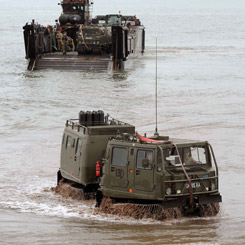
Commando
Royal Marines are able to operate across all terrains and environments using an arsenal of highly specialised equipment and weapons.
-
- Our People
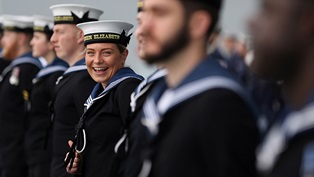
Our People
Royal Navy personnel may come from all walks of life, but they are united by one thing: a commitment to protecting our nation’s interests, no matter what.
-
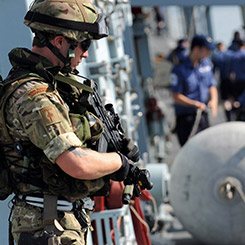
Skills & Disciplines
The Royal Navy is a highly skilled multi-disciplinary team and together we protect the nation's interest.
-

Leadership
Leadership is an essential requirement at all levels throughout the Royal Navy.
-
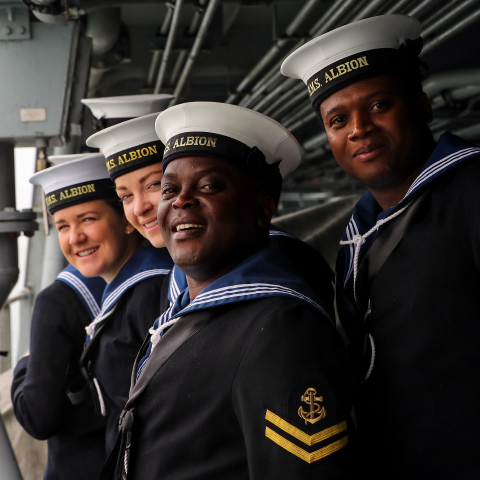
Diversity & Inclusion
We empower all our people, by respecting and valuing what makes them different.
-
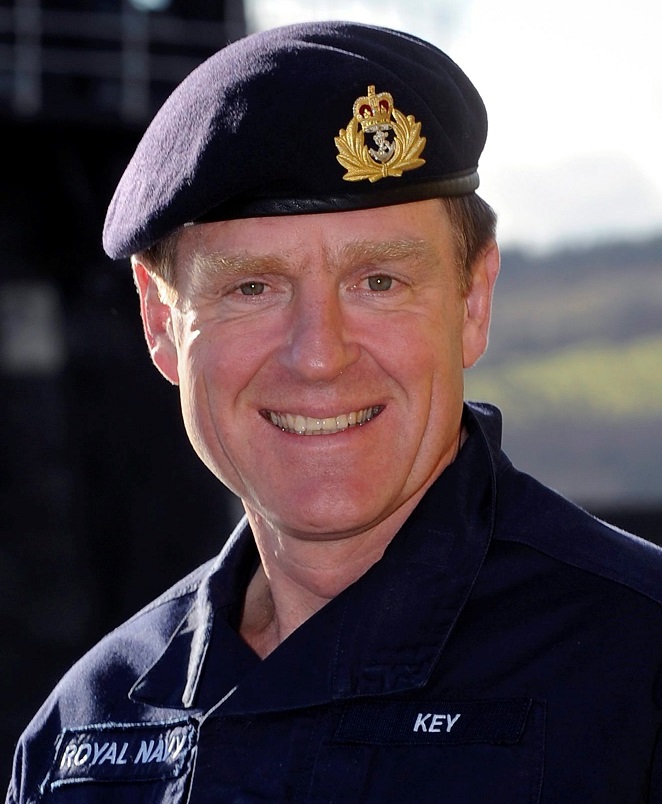
Senior Naval Staff
The senior Naval staff use their wealth of experience to oversee all aspects of the Royal Navy’s activities, from operations and administration to personnel and logistics.
-
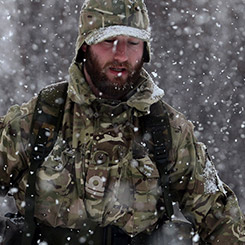
Expertise in Extreme Environments
Whether it be in the heat of the desert or ice of the Antarctic, we are ready for action in the most extreme environments on earth.
-
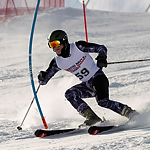
NAVYfit
Physical and mental fitness are at the heart of Royal Navy life.
-
- News & Activity
-
News
News
-
13 April 2024
Royal Navy strikes £33m double drugs blow to Middle East traffickers in 24 hours
-
12 April 2024
Powerful laser to be installed on Royal Navy warship by 2027
-
11 April 2024
Two Ukrainian Navy ships to be temporarily based in Portsmouth
-
11 April 2024
Navy’s new frigate HMS Venturer welcomes Sponsor The Princess Royal for first time
-
- Features
- Events
- Operations
- Public Relations
- Navy News Magazine
-
News
- Community & Support
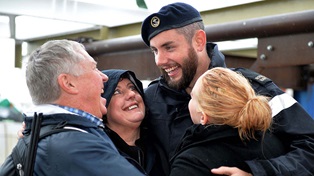
Community & Support
Whether it’s dealing with the demands of deployment or the rigours of relocation, we make sure that the family and friends of Naval Service personnel have all the help, guidance and support they need, every day.
-
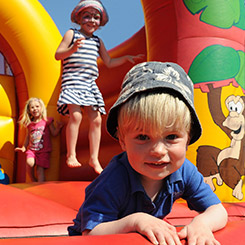
Community
Connect with like-minded people and develop a peer-to-peer support network both online and at community centres.
-
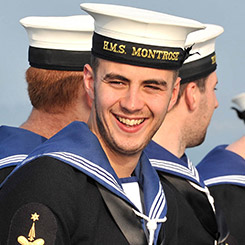
Personnel
Discover the key services available to serving personnel and access the Defence Gateway, where you can contact a range of external organisations.
-
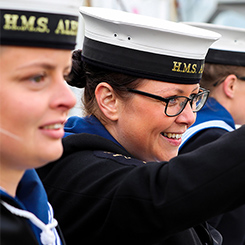
Advice & Support
See how Royal Navy Family and People Support (RN FPS) can help you with anything from coping with deployment to relocating.
-
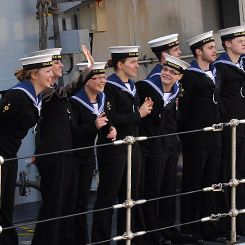
Deployment
Find out how you can cope with the challenges of deployment using an array of support services, tools and initiatives.
-
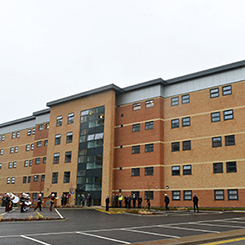
Accommodation
Learn about the different types of accommodation available through the Royal Navy and find an option that meets your needs.
-
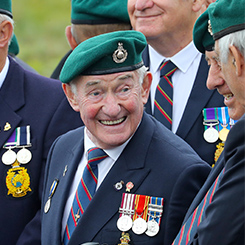
Veterans
Access dedicated veterans charities and get all the support you need, from help with any mental health issues to financial advice.
-
- Careers
- Careers Homepage
-
Royal Navy
- Role Finder
-
Why Navy?
Why Navy?
Find out about the opportunities you get in the Royal Navy, that you wouldn’t get in other careers
-
What’s right for me?
What’s right for me?
Want to know about how the Navy is structured, and where you might fit? This is the place for you
-
Life in the Royal Navy
Life in the Royal Navy
Everyone’s experience is unique, but find out what life’s been like for others here
-
Joining
Joining
Everything you need to know about joining the Royal Navy, in one place
- What's my level of entry?
- Roles and specialisms
- Chat to us 24/7
- Royal Marines
- Reserves
- Royal Fleet Auxiliary
- Favourites
